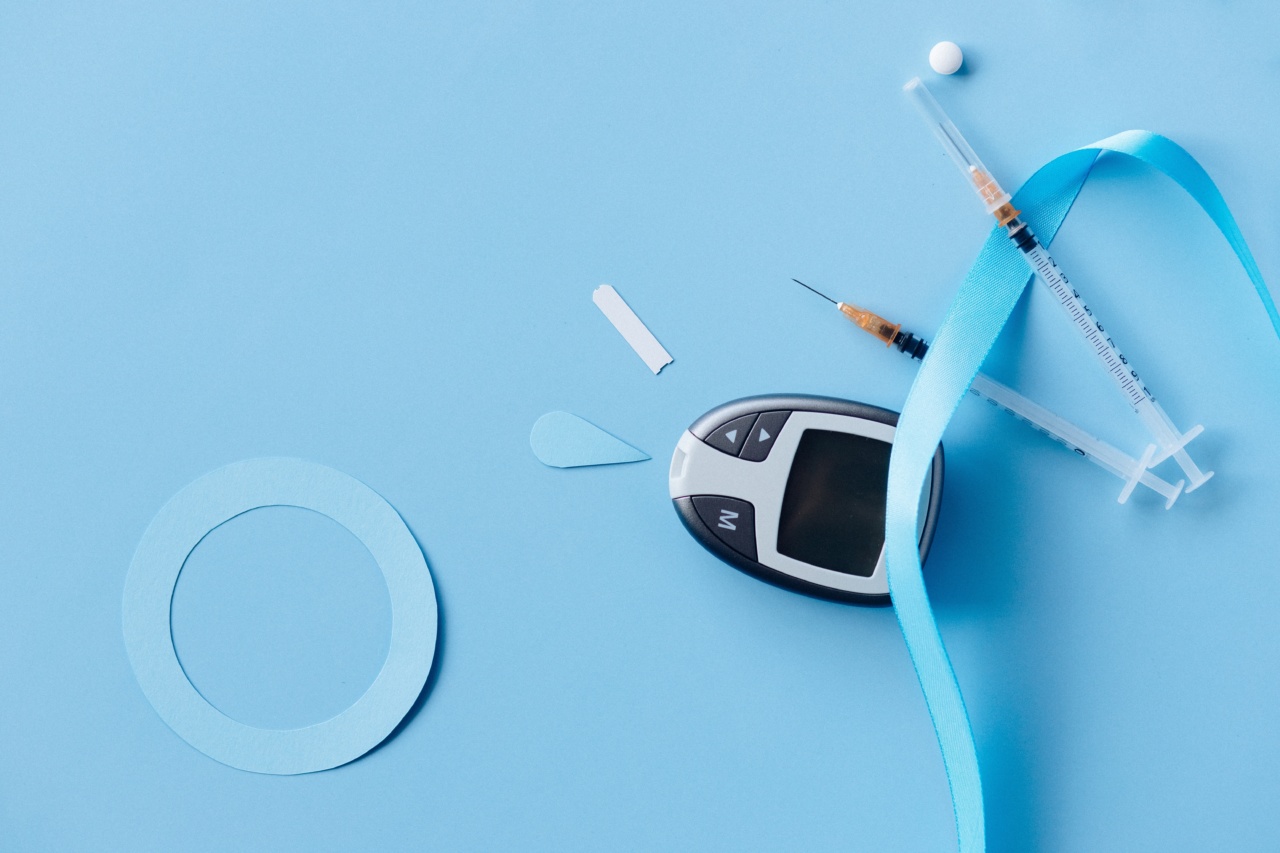As we age, our risk of developing chronic conditions such as hypertension and diabetes increases. However, there are several proactive steps you can take to reduce your risk and maintain a healthy lifestyle.
In this article, we will explore the common risk factors for hypertension and diabetes, and provide you with practical strategies to cut your risk.
Understanding Hypertension
Hypertension, also known as high blood pressure, is a condition in which the force of blood against the artery walls is consistently too high. This can lead to serious health complications, including heart disease, stroke, and kidney problems.
Age is a significant risk factor for hypertension, but there are various lifestyle modifications you can implement to help manage this condition effectively.
1. Commit to Regular Exercise
Engaging in regular physical activity is essential for maintaining a healthy weight, reducing stress, and lowering blood pressure levels. Aim for at least 150 minutes of moderate-intensity exercise per week.
This can include activities such as brisk walking, swimming, cycling, or dancing. Consult with your healthcare provider before starting any exercise regimen, especially if you have pre-existing medical conditions.
2. Follow a Balanced Diet
Adopting a diet rich in fruits, vegetables, whole grains, lean proteins, and low-fat dairy products can significantly decrease your risk of hypertension.
Limit your sodium intake to less than 2,300 milligrams per day, and consider incorporating potassium-rich foods into your diet, such as bananas, spinach, and beans. Additionally, reduce your consumption of processed and high-sugar foods to maintain a healthy weight and prevent diabetes.
Managing Diabetes Risk
Diabetes is a chronic condition characterized by high blood glucose levels. The risk of developing type 2 diabetes increases with age, but certain lifestyle modifications can help reduce this risk and manage the condition effectively.
1. Maintain a Healthy Weight
Being overweight or obese significantly increases your risk of developing type 2 diabetes. By maintaining a healthy weight through regular exercise and a well-balanced diet, you can prevent or delay the onset of this condition.
Losing just 5-7% of your body weight can have a significant impact on your diabetes risk.
2. Monitor Your Blood Glucose Levels
If you’re over 50, it’s crucial to monitor your blood glucose levels regularly. This will help you identify any abnormalities and take appropriate action.
Your healthcare provider can guide you on how often you should check your blood glucose levels and provide recommendations for managing them effectively.
3. Make Healthy Food Choices
Eating a diet high in fiber, whole grains, lean proteins, and healthy fats can help regulate blood glucose levels and reduce the risk of developing diabetes.
Avoid or limit the consumption of sugary beverages, processed foods, and excessive amounts of carbohydrates. Furthermore, consult with a registered dietitian who can provide personalized dietary guidance.
4. Kick Bad Habits
Smoking and excessive alcohol consumption not only increase the risk of various health problems but also raise the likelihood of developing diabetes. Quitting smoking and moderating your alcohol intake can significantly reduce your overall risk.
5. Get Regular Check-ups
Regular visits to your healthcare provider are crucial for managing your overall health and detecting any potential issues early on.
Discuss your blood pressure, blood glucose, and overall health goals with your healthcare provider, who can provide tailored advice and monitoring.
Conclusion
By adopting healthy lifestyle habits, such as regular exercise, a balanced diet, and routine medical check-ups, individuals over 50 can effectively reduce their risk of developing hypertension and diabetes.
Remember, it is important to consult with healthcare professionals for personalized guidance, especially if you have pre-existing conditions or concerns.





























